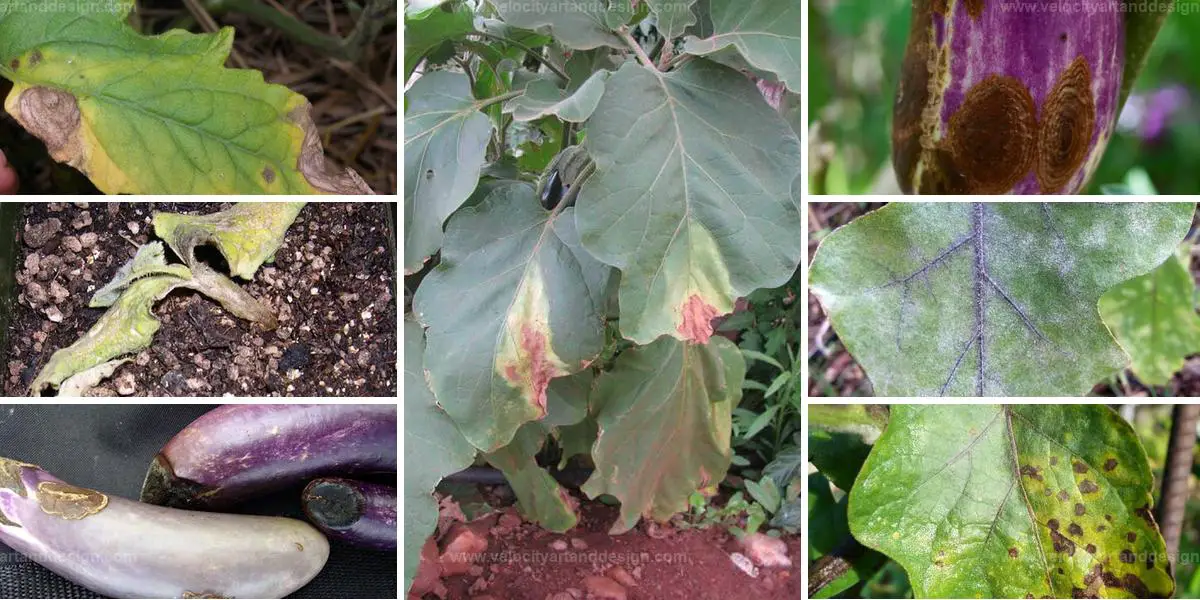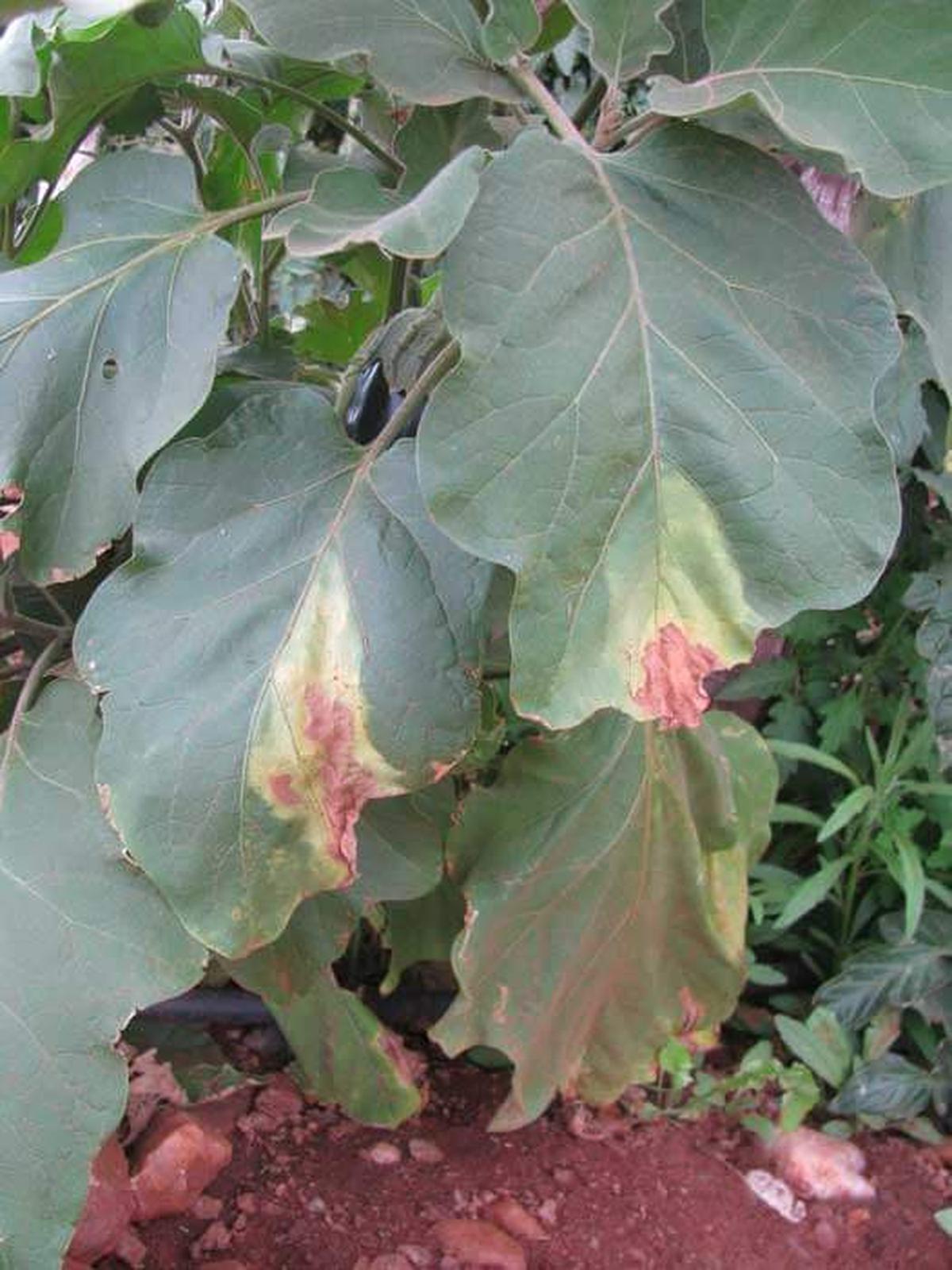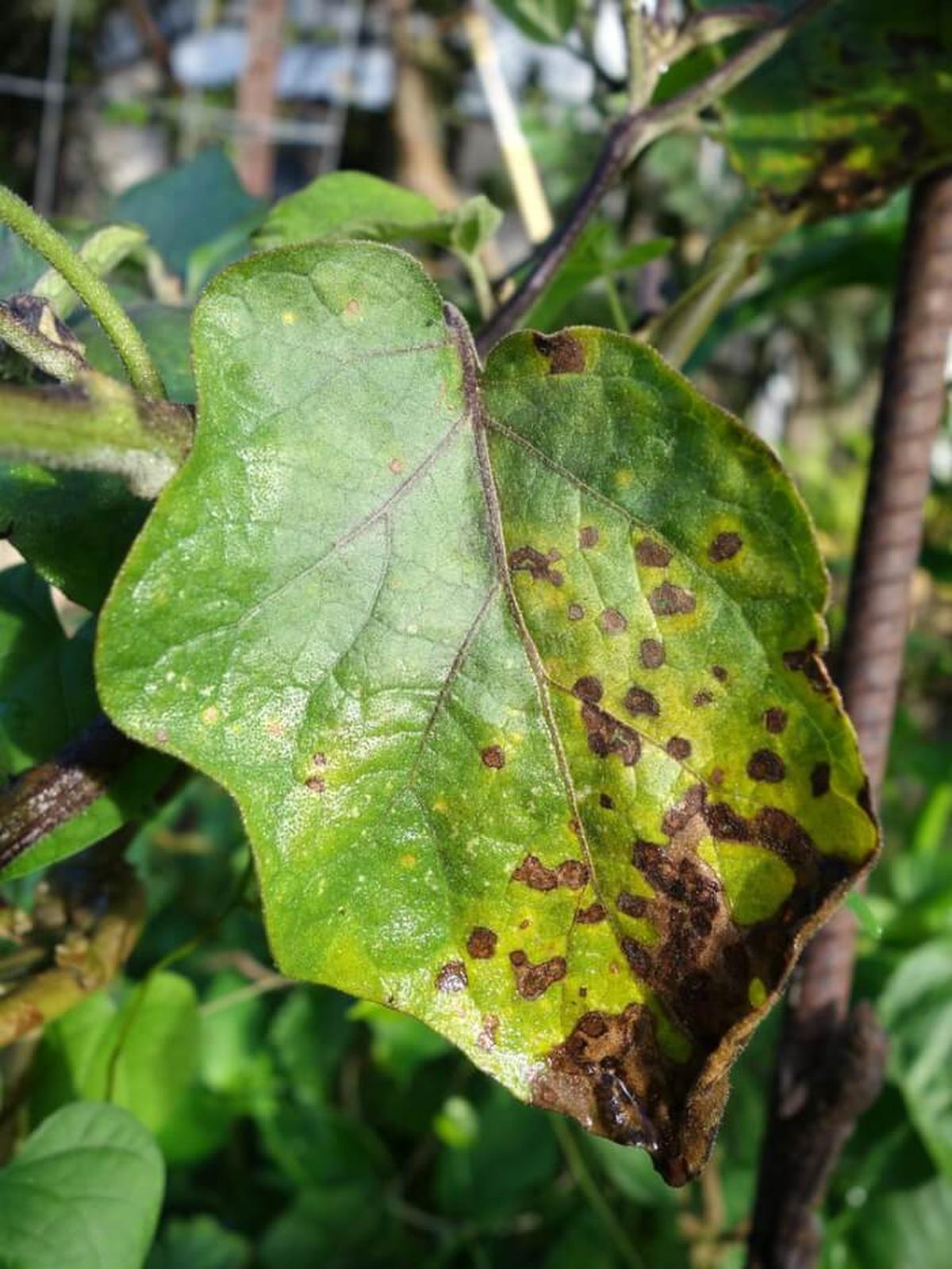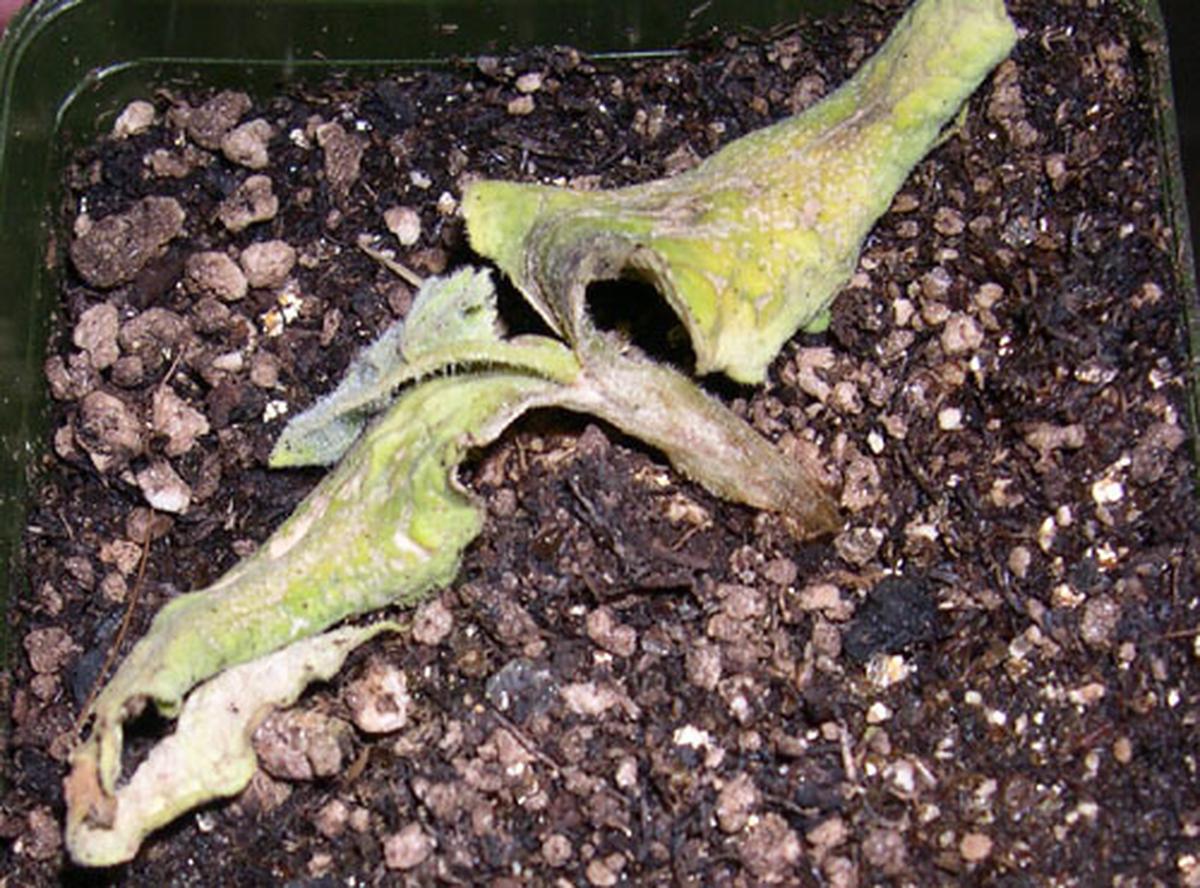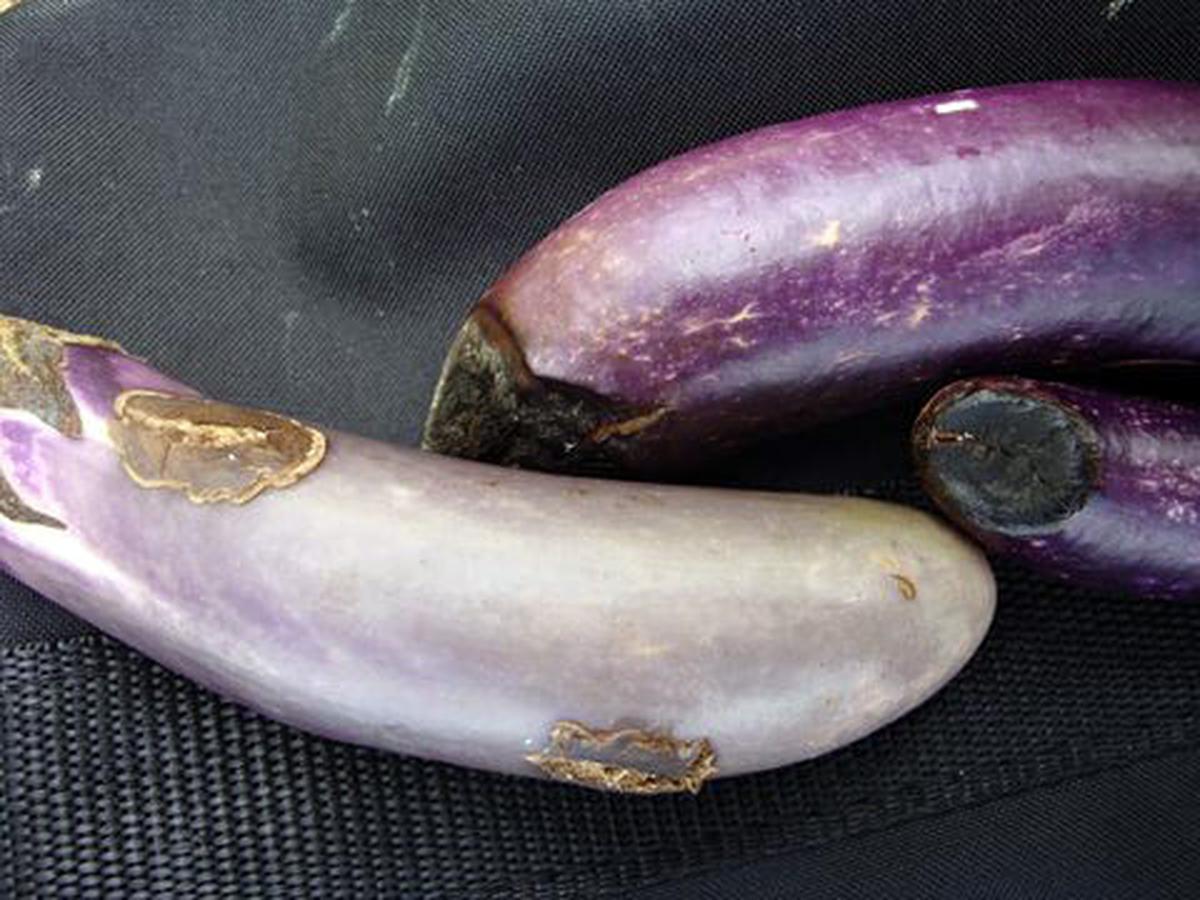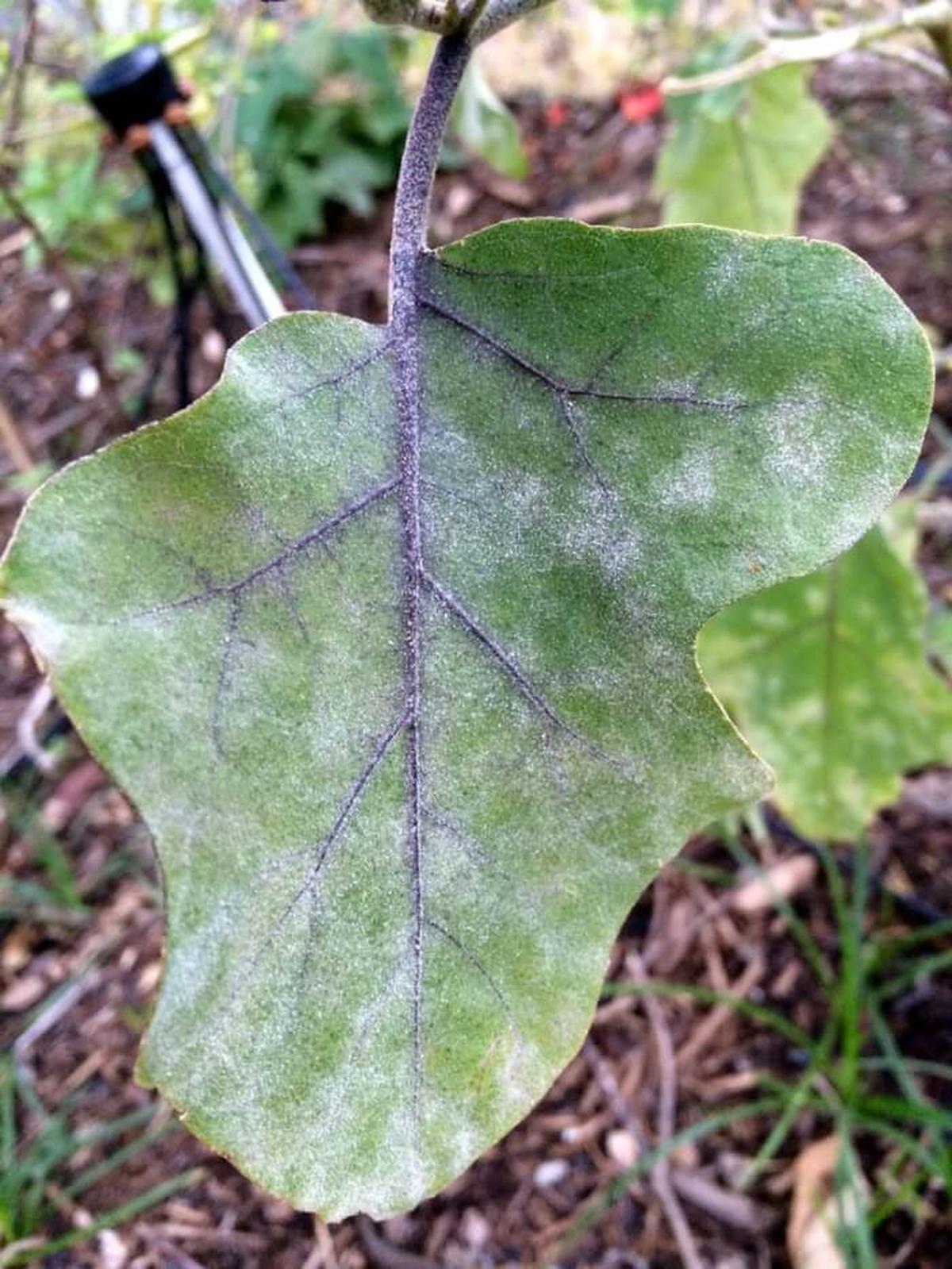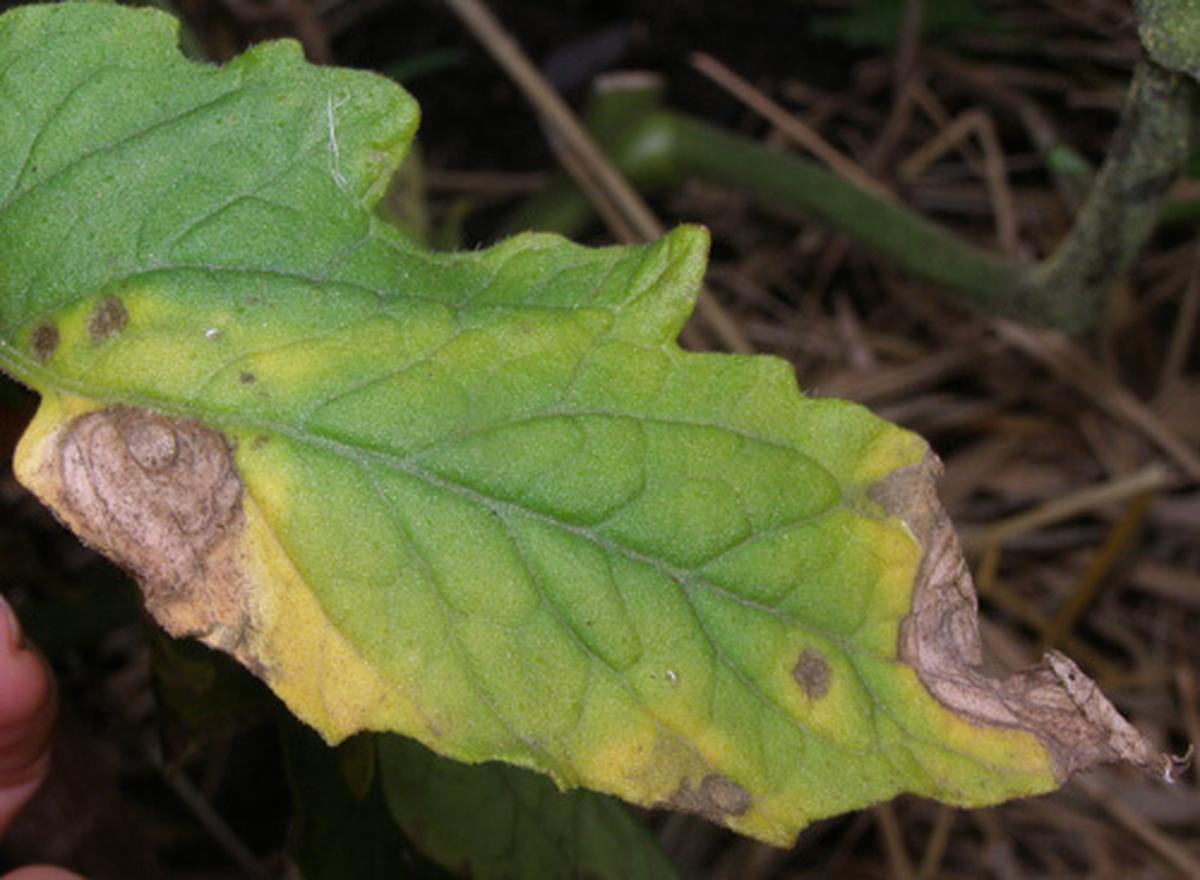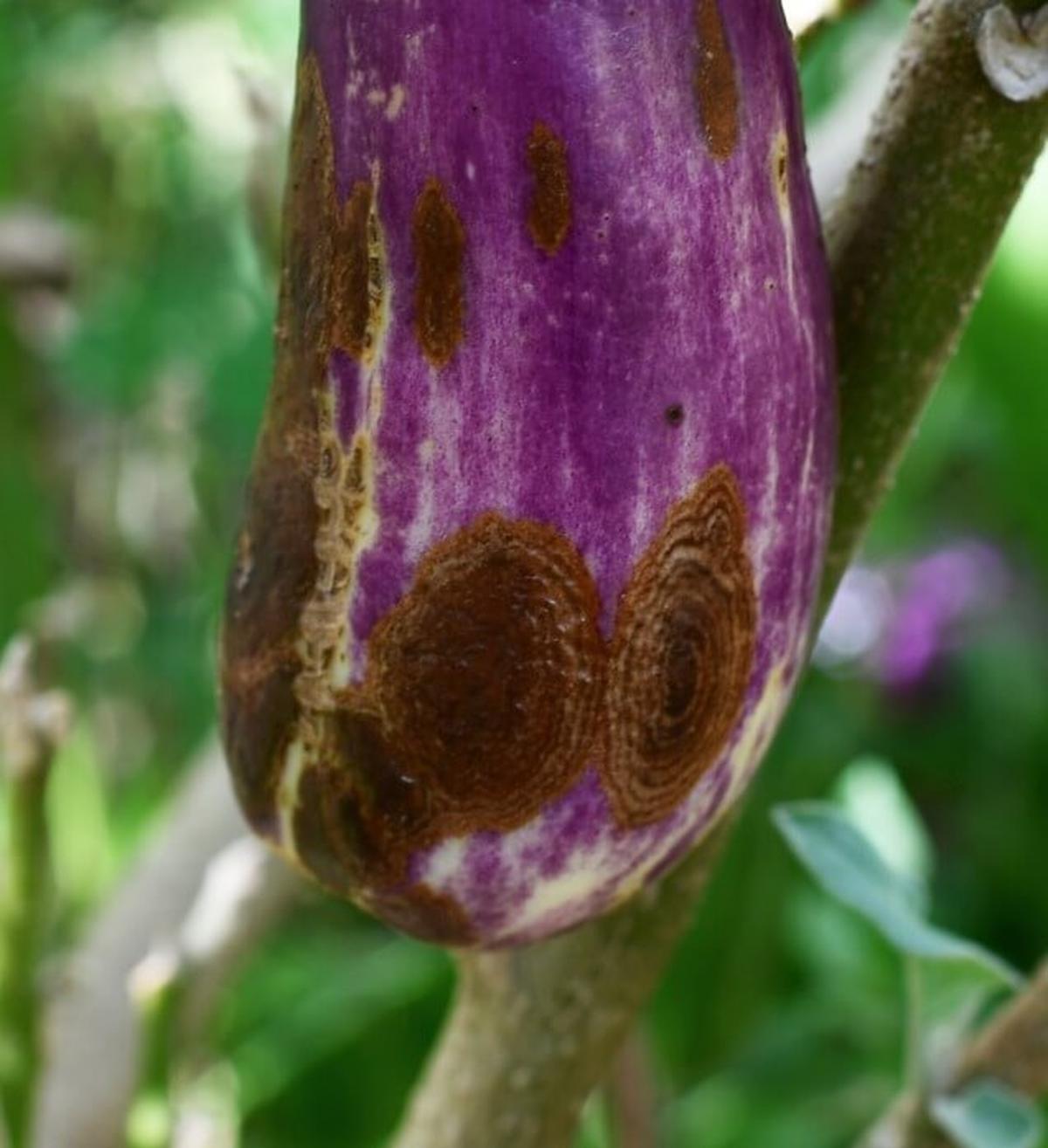7 Eggplant Diseases Every Gardener Should Know
Growing eggplants can sometimes be challenging due to various diseases that affect this vegetable.
Recognizing the signs of common eggplant diseases and knowing how to control them can help ensure a healthy and productive garden.
From fungal infections to viral attacks, proactive measures and effective treatment strategies are essential for maintaining the health of your eggplants.
Verticillium Wilt
Verticillium wilt affects eggplants, leading to noticeable yellow blotches on lower leaves.
Rapid yellowing and curling leaf edges signal its presence, often surfacing in the cooler spring months.
Dealing with this fungal infection poses challenges for gardeners as it can spread quickly through plants.
Understanding these symptoms is crucial for timely intervention and maintaining healthy crops.
Cercospora Leaf Spot
Cercospora leaf spot appears as small, circular spots that can range from light to dark brown on your plants' leaves.
Once infection takes hold, the affected leaves often dry up and curl before falling off completely.
Ensuring proper airflow around your plants is crucial for their health; overcrowding can worsen the issue.
Watering directly at the base helps keep foliage dry, while fungicides serve as a helpful ally in reducing fungal presence and keeping your garden thriving.
Damping Off
Damping-off poses a significant threat to eggplant seedlings, often leaving them weak and lifeless.
Ensuring proper air circulation in your potting area can drastically cut down on this issue.
Watering from the bottom instead of the top helps keep seedlings healthy by preventing excess moisture on leaves that could invite trouble.
For those nurturing plants outdoors, using drip irrigation early in the day keeps soil conditions optimal as evening falls.
Blossom-End Rot
Fruits affected by blossom end rot show troubling signs, starting with small, water-soaked spots at the blossom end.
Over time, these areas expand and turn dark and leathery, signaling distress.
Ensuring that soil has adequate calcium plays a crucial role in prevention.
Keeping disturbances to a minimum near the roots helps maintain healthy plants while being cautious about nitrogen levels can make all the difference for your garden's success.
Powdery Mildew
Powdery mildew can be quite a nuisance in any garden, appearing as unsightly white spots on leaves and flowers.
This pesky fungal disease not only affects the look of your plants but also leads to yellowing and twisting foliage that eventually falls off.
Watering from below instead of overhead helps keep moisture off the leaves, reducing risk.
Pruning creates better airflow among plants while mulching around their bases offers extra protection against this unwelcome visitor; both methods keep your garden healthier and thriving without excess fuss.
Early Blight
PahlsEarly Blight shows up as unsightly brown-black spots on leaves, quickly spreading across the surfaces.
Once your plants start to bear fruit, this fungus can take hold fast.
Spotting it early is crucial; applying fungicide at the first sign of trouble often helps manage its effects.
Keeping an eye on your garden ensures that these pesky spores don’t ruin your hard work and yield.
Anthracnose Fruit Rot
Anthracnose fruit rot can ruin your garden's bounty with its small, sunken spots appearing on fruits.
As time passes, those tiny blemishes grow into larger blotches that take on an unsettling orange or pink jelly-like appearance.
Managing this issue requires careful attention; removing affected plant parts is crucial to prevent further spread.
For severe cases, consider using chemical treatments to safeguard the remaining healthy plants and restore vitality to your garden.

